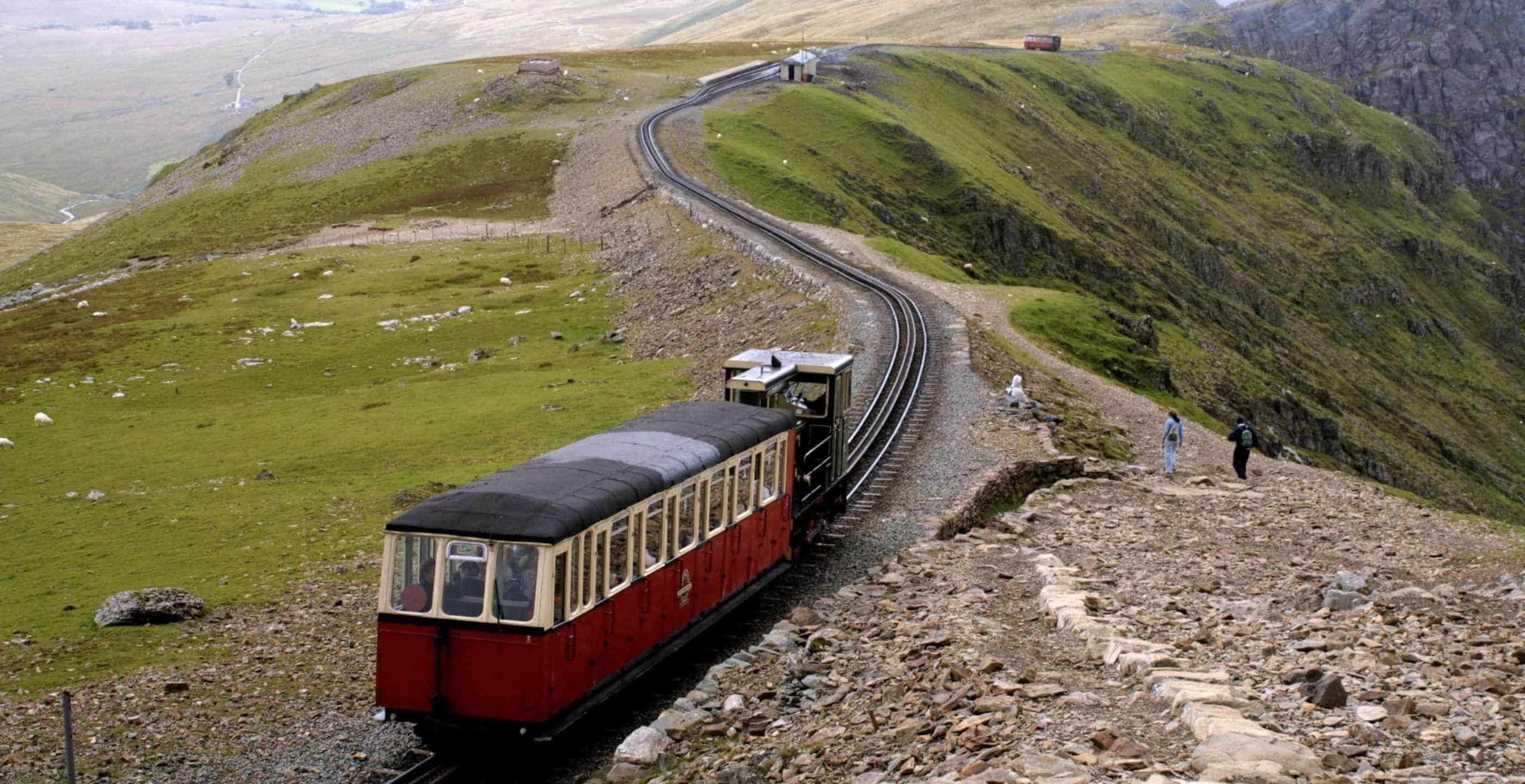Top 5 Victorian Modes of Transport
Here at Historic UK we have been enjoying the new Channel 4 series with Guy Martin, “Building Britain”, which started this week.
It got us thinking about our favourite examples of Victorian transport still in public use today…
We start our countdown with the Victorian steamers in the Lake District. The first of these ‘steamers’ started in 1849 on Ullswater, running between Pooley Bridge and Patterdale. The steamers not only carried passengers but also provided an important local service, carrying the Royal Mail, provisions, slate from nearby mines and lead from the Greenside mine. During World War II the ‘Steamers’ even ferried soldiers down to Glenridding to be trained at the Ullswater Hotel. Today you too can enjoy a leisurely cruise in one of these lovely old ladies of the lake at www.ullswater-steamers.co.uk.
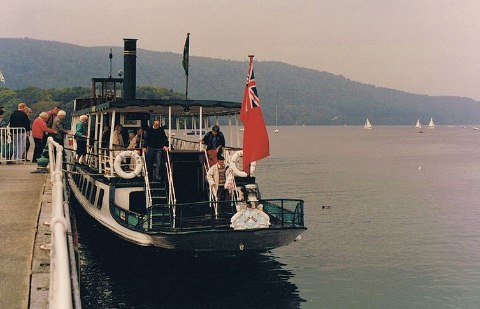
Number 4 on our list is the Bridgnorth Cliff Railway. Bridgnorth Cliff Railway has been transporting the people of Bridgnorth up and down the sandstone cliffs separating High Town from Low Town since 1892. This intriguing working railway has two cars running on parallel tracks: as one car descends, the other rises. Originally each car or carriage had a tank of water underneath it and was driven by a system of water balance. The cars are now powered by an electric winding engine. Visit the Bridgnorth Cliff Railway website at www.bridgnorthcliffrailway.co.uk.
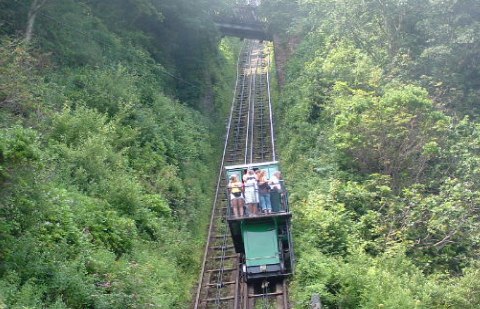
Lynton and Lynmouth Cliff Railway
The Lynton and Lynmouth Cliff Railway is a great example of Victorian ingenuity and is number 3 on our list. This Victorian water powered lift connects the village of Lynton with its sister village of Lynmouth, 900ft below. Worth the trip not just for the engineering, but also because the views of the North Devon coastline during this trip are truly spectacular!
Our runner-up is the Snowdon Mountain Railway in North Wales. This is Britain’s only public rack and pinion railway and opened to the public in 1896. Trains are made up of a single carriage which is pushed up the mountain by either a steam or diesel locomotive. This seasonal tourist railway travels from Llanberis to the summit of Snowdon, at 3560 ft the highest mountain in England and Wales. Because of the winter weather the railway does not run between November and mid-March; indeed it is not unusual for the railway to be closed in bad weather at other times of the year.
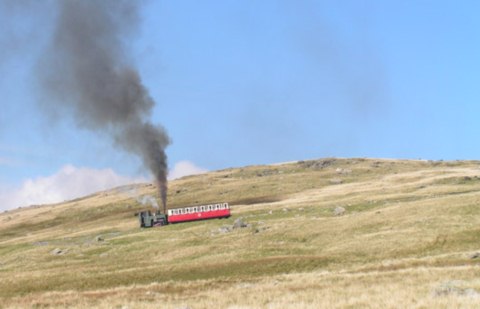
Snowdon Mountain Railway, copyright Mike Shields
Our Number 1 for Victorian transport has to be the Isle of Man. Here you are spoilt for choice with several different types of Victorian transport on just one small island: the Isle of Man Steam Railway, the Manx Electric Railway, the Sneafell Mountain Railway and the Victorian horse-drawn trams that run the length of the promenade in Douglas.
There was once a vast steam railway system on the Isle of Man, but now only the route between Douglas and Port Erin in the south of the island still survives. The Southern Steam Railway line is the longest narrow gauge steam line in the British Isles at around 15 miles. The trains date from 1874 and are used by locals and tourists alike.
Built between 1893 and 1899 the Manx Electric Railway runs along the eastern coast of the Isle of Man connecting the towns of Douglas, Laxey and Ramsey. The line still operates with the majority of its original Victorian and Edwardian rolling stock in daily use. The route hugs the scenic coastline, giving the passengers the most spectacular sea views.
Started in 1895, the electric Snaefell Mountain Railway took just seven months to complete. It runs from the village of Laxey to the top of the island’s highest mountain, Snaefell (2,036ft). The only one in the British Isles, the line is 5 miles long, up a steep incline of 1 in 12 and runs on a 53 chain line with a centre line to aid braking.
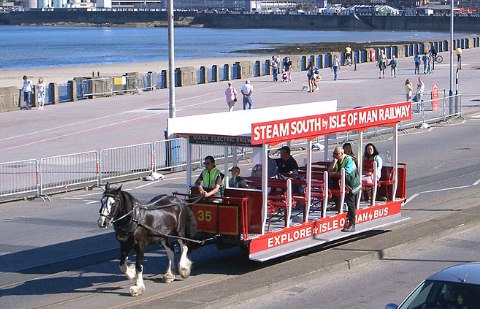
The Douglas Horse Drawn Trams are the world’s oldest surviving horse tram service, dating back to 1876. The trams run along Douglas Promenade for a distance of about 2 miles, linking the Electric Railway at Derby Castle to the Sea Terminal. Except for brief breaks in service during the Second World War, the trams have run continuously and are a popular form of transport.
